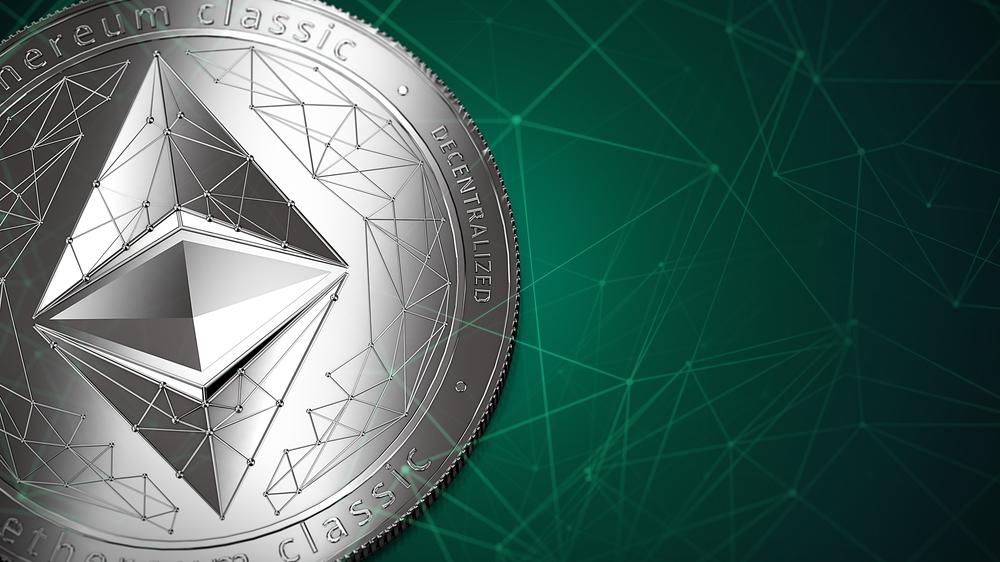- The development of Ethereum 2.0 continues at full steam. Prysmatic Labs has launched Sapphire, the first multi-client test network.
- The Ethereum Foundation has also announced the launch of two Ethereum 2.0 Blockchain Explorers.
After there have been repeated concerns in the past months that Ethereum 2.0 might be further delayed, as with so many previous Ethereum upgrades, ETH 2.0 Phase 0 seems to be on schedule. As the Ethereum Foundation recently announced in a status update, Parity’s Shasper has teamed up with Prysmatic Labs’ Prysm on the “Sapphire” test network.
Sapphire is the first public multi-client Ethereum 2.0 test network. In the coming weeks Prysmatic Labs CEO Preston van Loon expects more ETH clients to join the network. Van Loon aims to introduce the Ethereum 2.0, Phase 0 mainnet by early 2020.
Ethereum 2.0 on track
During this years Devcon, doubts arose in the Ethereum community as to whether Ethereum 2.0 would be launched in time, as announced, in early 2020. Vitalik Buterin said that Ethereum’s Layer 2 solutions are progressing “slower than expected” despite nine teams working on them. In addition, Jamie Pitts, a developer at the Ethereum Foundation, said that there is a lack of strategy and coordination between the teams, so delays cannot be ruled out.
However, the Ethereum Foundation’s new update shows that Ethereum 2.0 continues to make good progress. While the first ETH 2.0 single-client test networks based on the Ethereum 2.0 Phase 0 protocol were released in the first half of the year, with Nimbus in March, Lighthouse in April and Sapphire in July, the first multi-client test network with Sapphire is now available.
With Prysm Nodes and Shasper, there are now two client implementations on the network. Seven more client implementations: Artemis (PegaSys), Firefly (Ethereum Foundation), Harmony (Ether Camp), LodeStar (ChainSafe), Nimbus (Status), Trinity (Ethereum Foundation) and Yeeth (Yeeth) could theoretically join the network.
The interoperability and compatibility of these specialized software (clients), that each node can freely choose, is important because they interact directly with the Ethereum blockchain. The diversity of clients ensures decentralization, as no single development team has the power to control this key software alone.
Two new Ethereum 2.0 Block Explorer
Furthermore, the Ethereum Foundation has announced the launch of two Ethereum 2.0 Blockchain Explorers. Both Blockchain Explorers monitor Prysmatic Labs’ Sapphire test network and provide detailed information on the activities on the test network. Bitfly launched its beaconcha.in Block Explorer a few weeks ago. Etherscan launched its block explorer beacon.etherscan.io on December 5th, as Vitalik reported .
The ethereum 2.0 pie-in-the-sky vaporware platform now has a working block explorer from @etherscan for its testnet!https://t.co/AjPY2gjQZT
— vitalik.eth (@VitalikButerin) December 5, 2019
According to the Beacon Chain testnet explorer there are currently 519 active and 230 inactive Proof of Stake validators in the network. This number is far away from the hundreds of thousands of validators needed to secure the Ethereum 2.0 mainnet. But it is a good start for the test network.
Ethereum 2.0, also called Eth2 or Serenity, will bring Sharding, Proof of Stake (PoS), a new virtual machine (eWASM) and many more innovations. Phase 0 provides the basic functionalities for the Beacon Chain, the validators and the coordination of Shards. Phase 1 builds on this by allowing data to be stored in the Shards. Phase 2 adds execution to Ethereum 2.0 by “upgrading Eth2 from a robust database to a fully distributed computing platform”.
Follow us on Facebook and Twitter and don’t miss any hot news anymore! Do you like our price indices?
Recommended for you:
- Buy Ethereum Guide
- Ethereum Wallet Tutorial
- Check 24-hour Ethereum Price
- More Ethereum News
- What is Ethereum?
Subscribe to our daily newsletter!
No spam, no lies, only insights. You can unsubscribe at any time.




